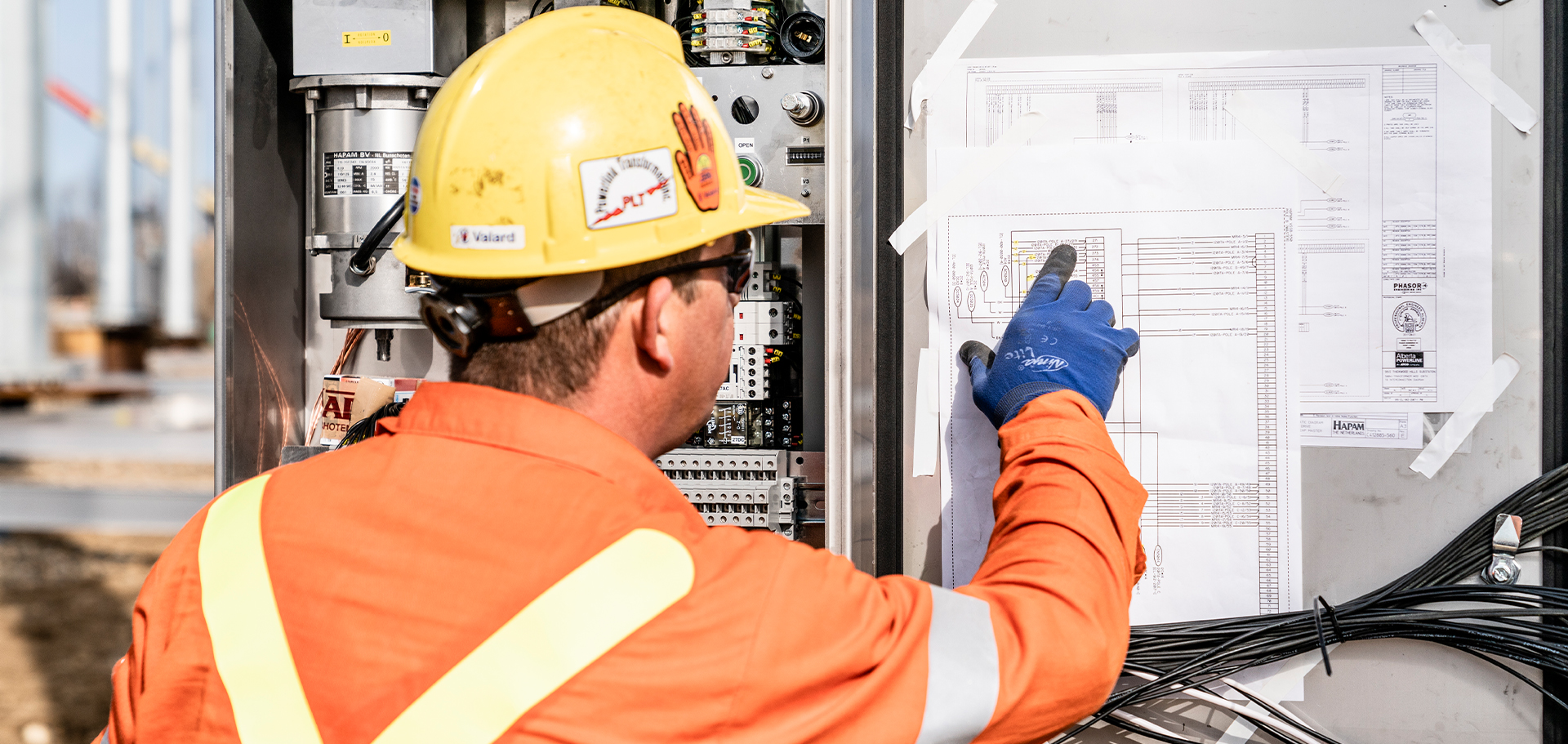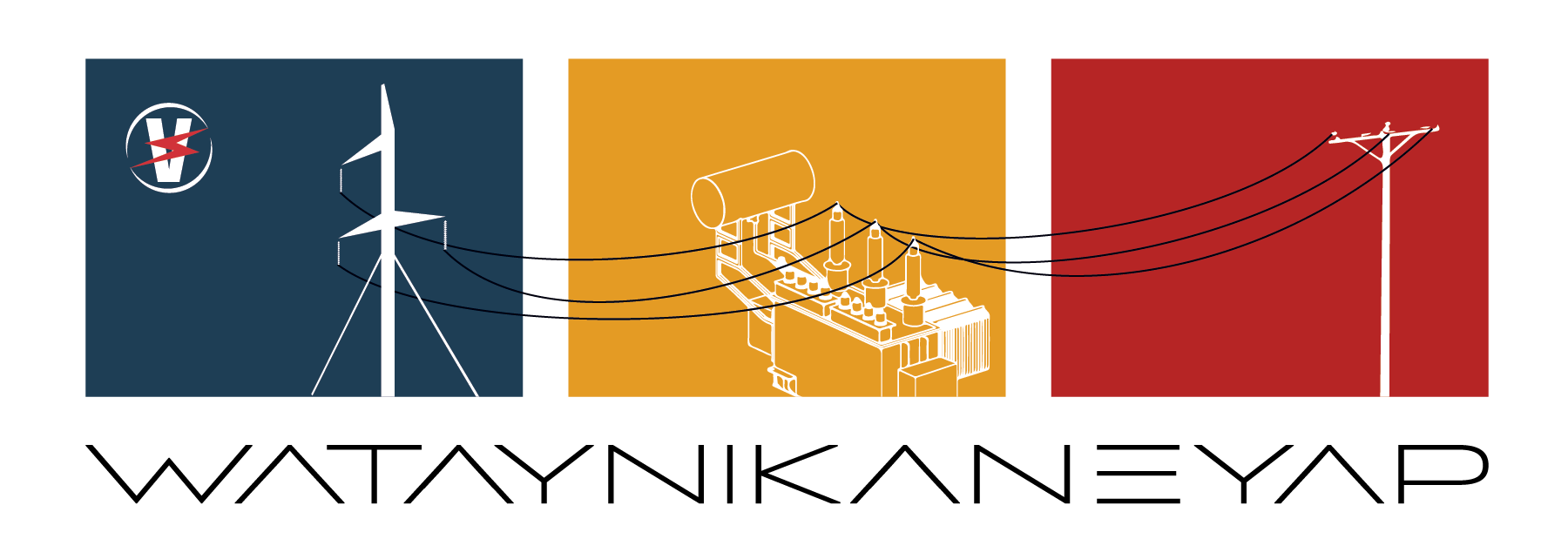CONSTRUCTING A SUBSTATION
There are 10 main steps in electrical substation construction.
STEP 1 | SURVEY & GEOTECHNICAL STUDIES
Survey crews stake or flag the locations for the station using predetermined GPS coordinates.
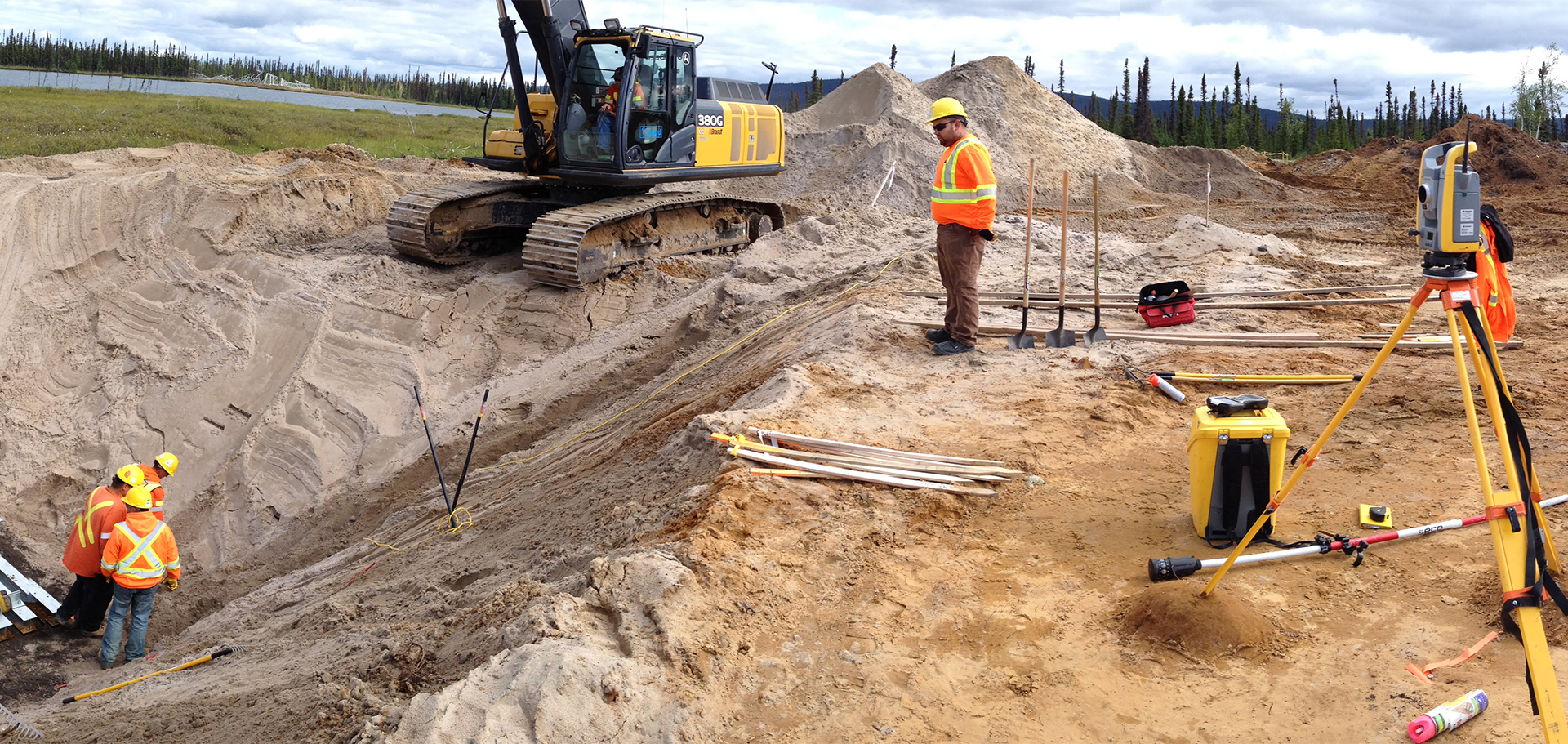
STEP 2 | SITE CLEARING & GRADING
The ground is cleared in preparation for construction of the substation pad. This stage may consist of logging, mulching, burning, and clearing of debris, as well as building access trails to the site.
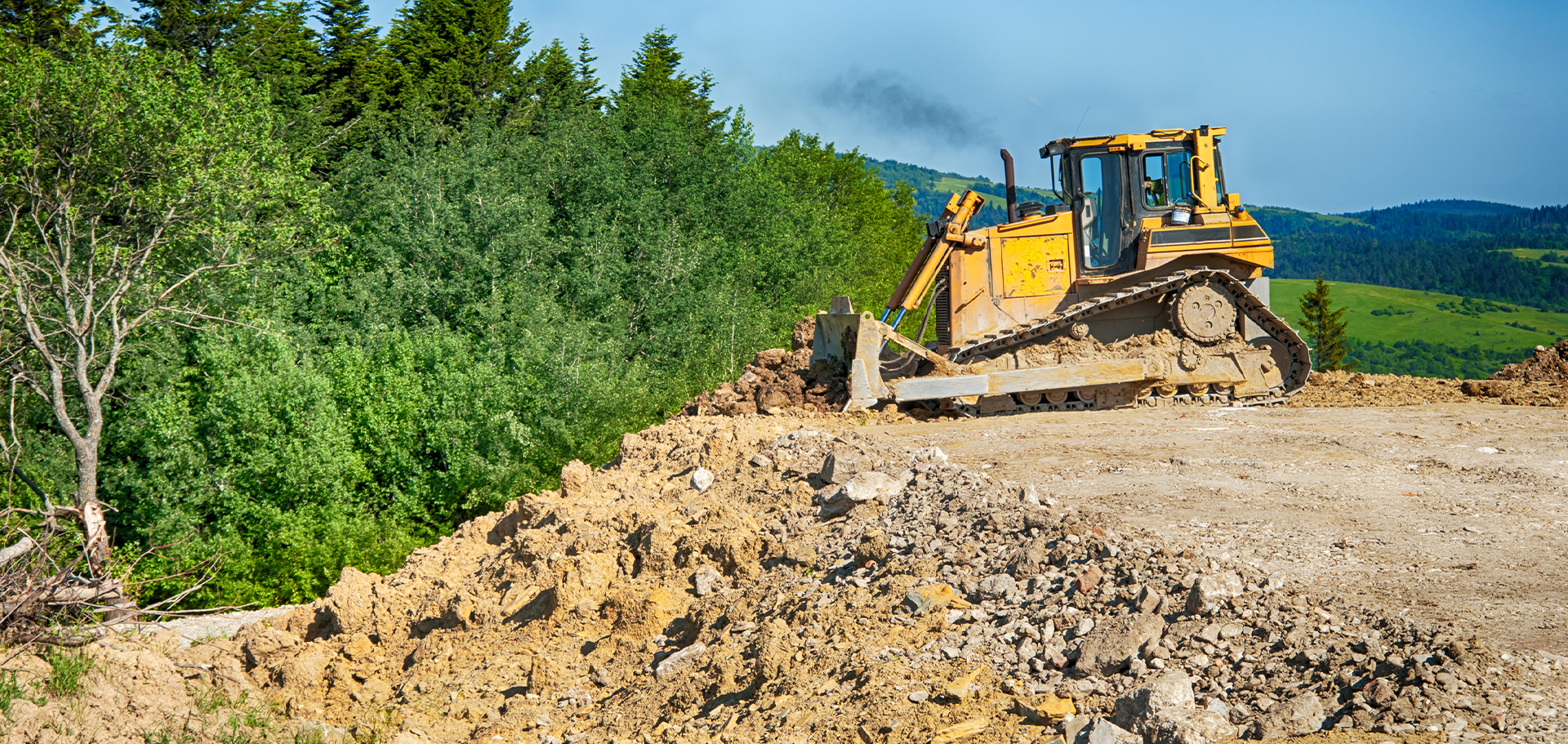
STEP 3 | SUBSTATION PAD CONSTRUCTION
The top soil on site is stripped to remove any unsuitable native material. Imported fill is then brought in and placed to build up the substation pad. This is completed with heavy equipment.
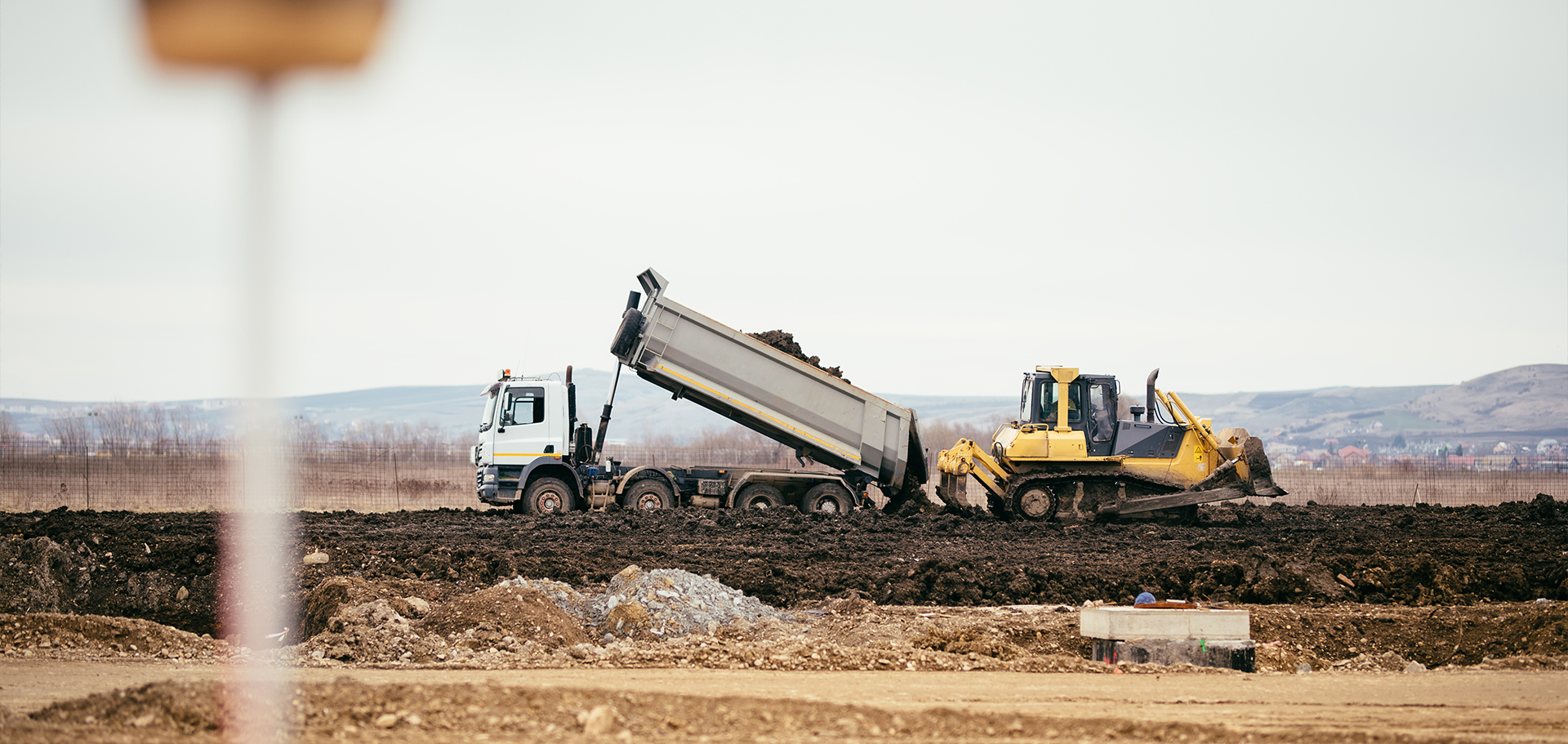
STEP 4 | BELOW GRADE FACILITIES
Heavy equipment is used to install below grade facilities such as conduits, ground grids and cable trenches.
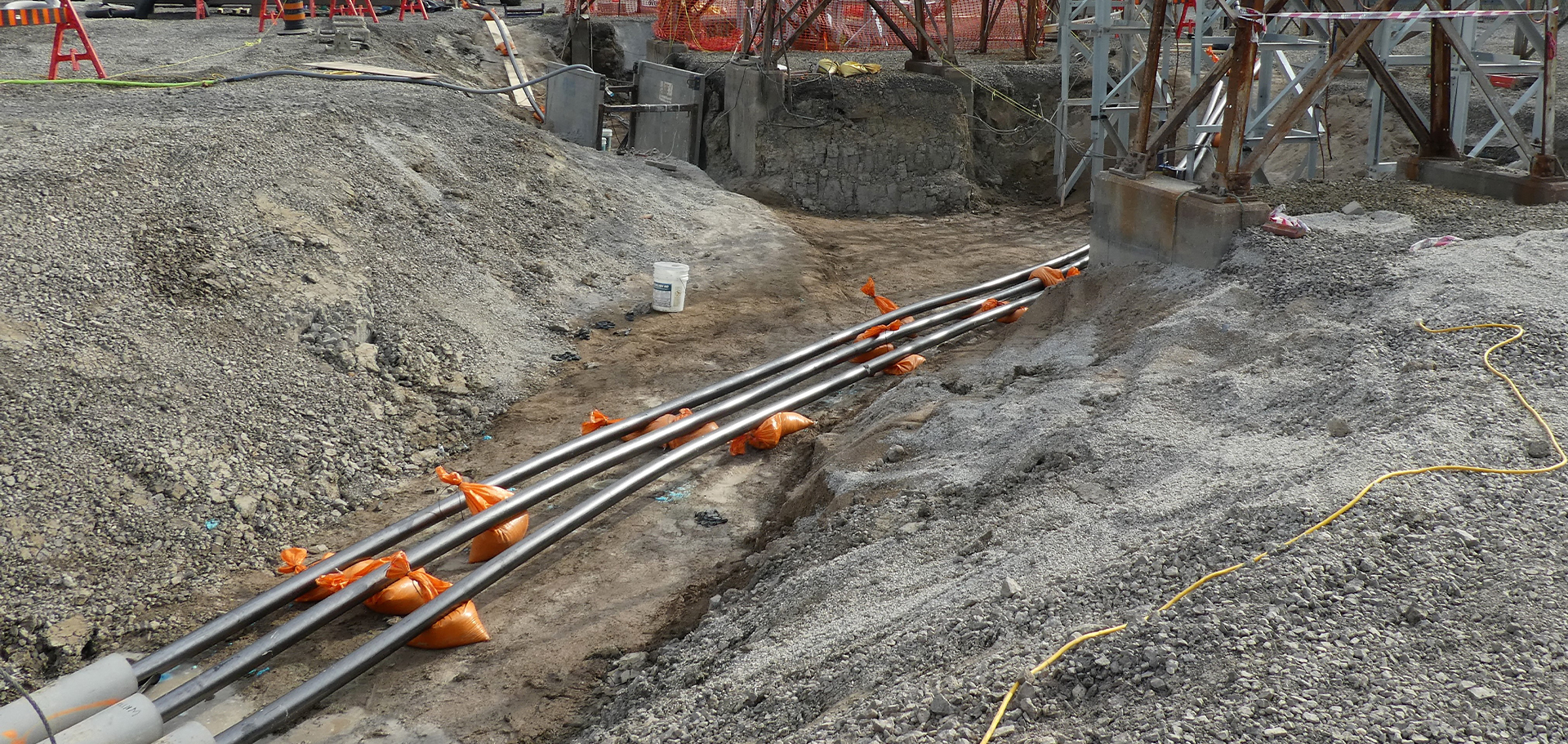
STEP 5 | FOUNDATIONS
There are three types of foundations typically installed in a substation: helical piles installed with an excavator; driven piles installed with a large piling rig; and concrete cast-in-place type foundations where carpenters frame up forms and pour concrete to create the foundation.
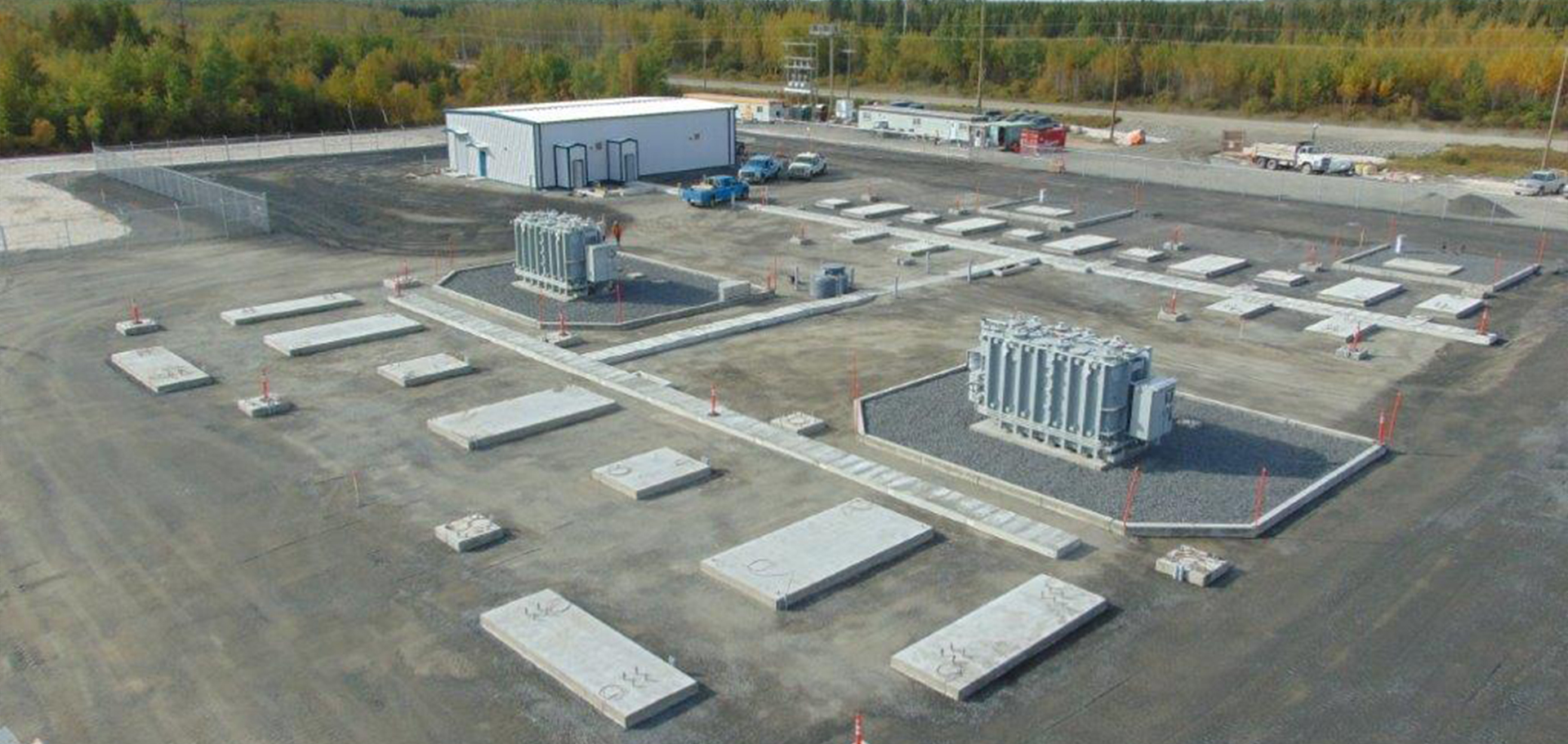
STEP 6 | STRUCTURAL STEEL SUPPORT
Structural steel will come in two styles: H-beam, which is large, made of fewer pieces and easier to install; and tubular, which is very similar to h-beam but tubular in form. The steel is then secured to the foundations.
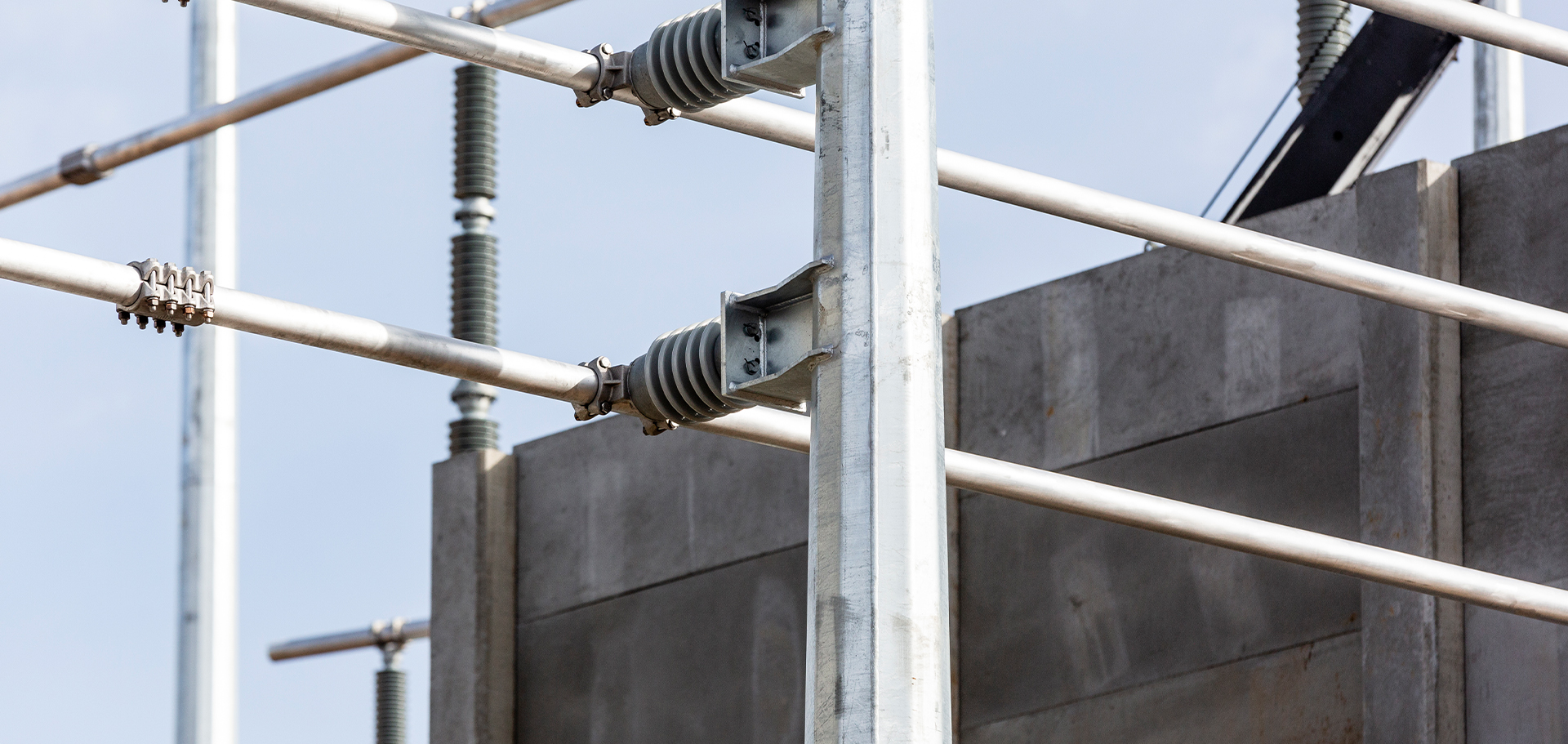
STEP 7 | ELECTRICAL EQUIPMENT
Major electrical components are installed on the structural steel and foundations. This includes power transformers, breakers, reactors and control buildings trucked in and installed with large cranes.
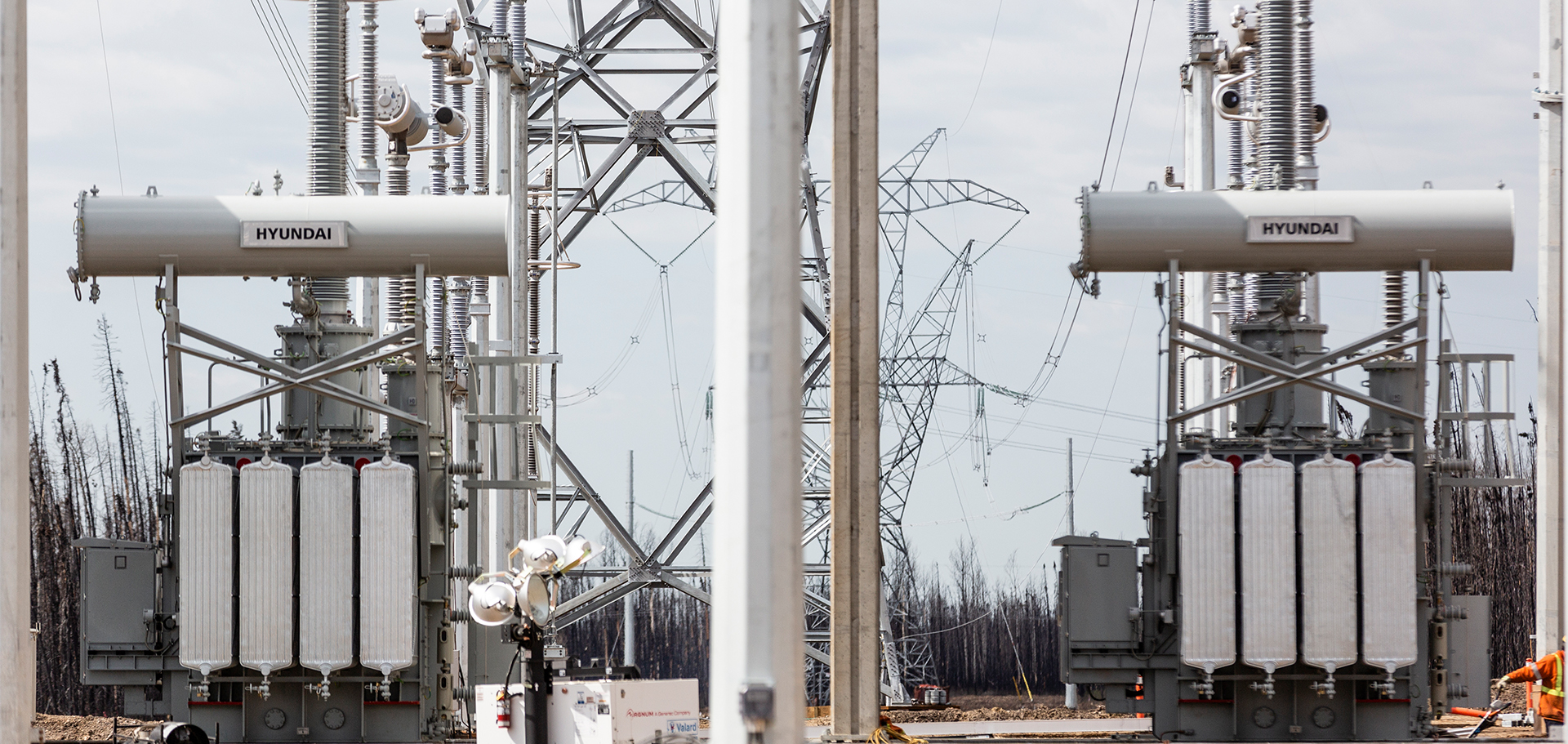
STEP 8 | ELECTRICAL BUS WORK
Once all electrical equipment is installed, and depending on the design of the station, the crew will install the flexible and rigid bus. This is a labour-intensive process, performed manually with manlifts and cranes.
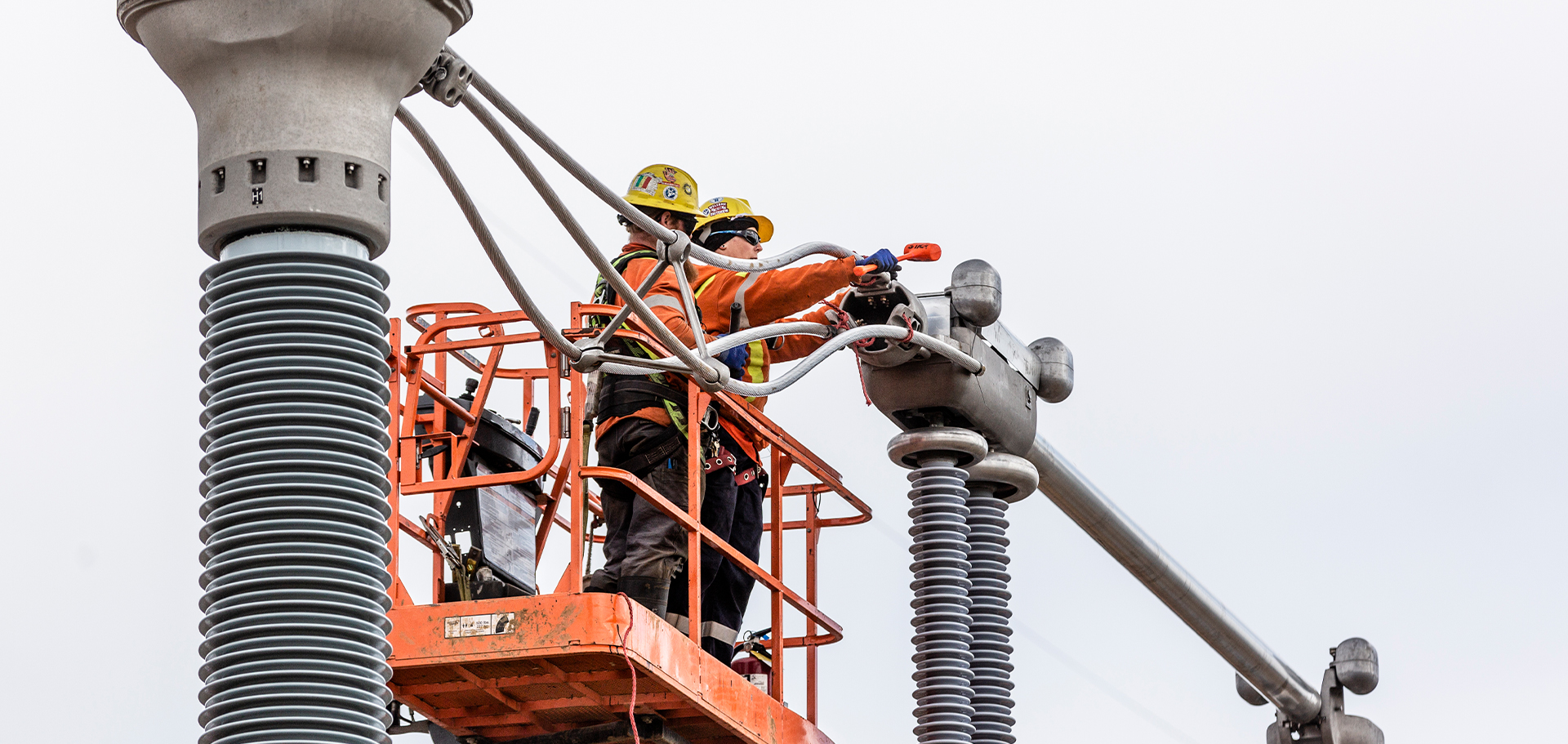
STEP 9 | CABLE PULLING & TERMINATING
All previously installed major equipment is wired to bring the system online and functionally operational. Cables are pulled to each piece of equipment from the control building and terminated.
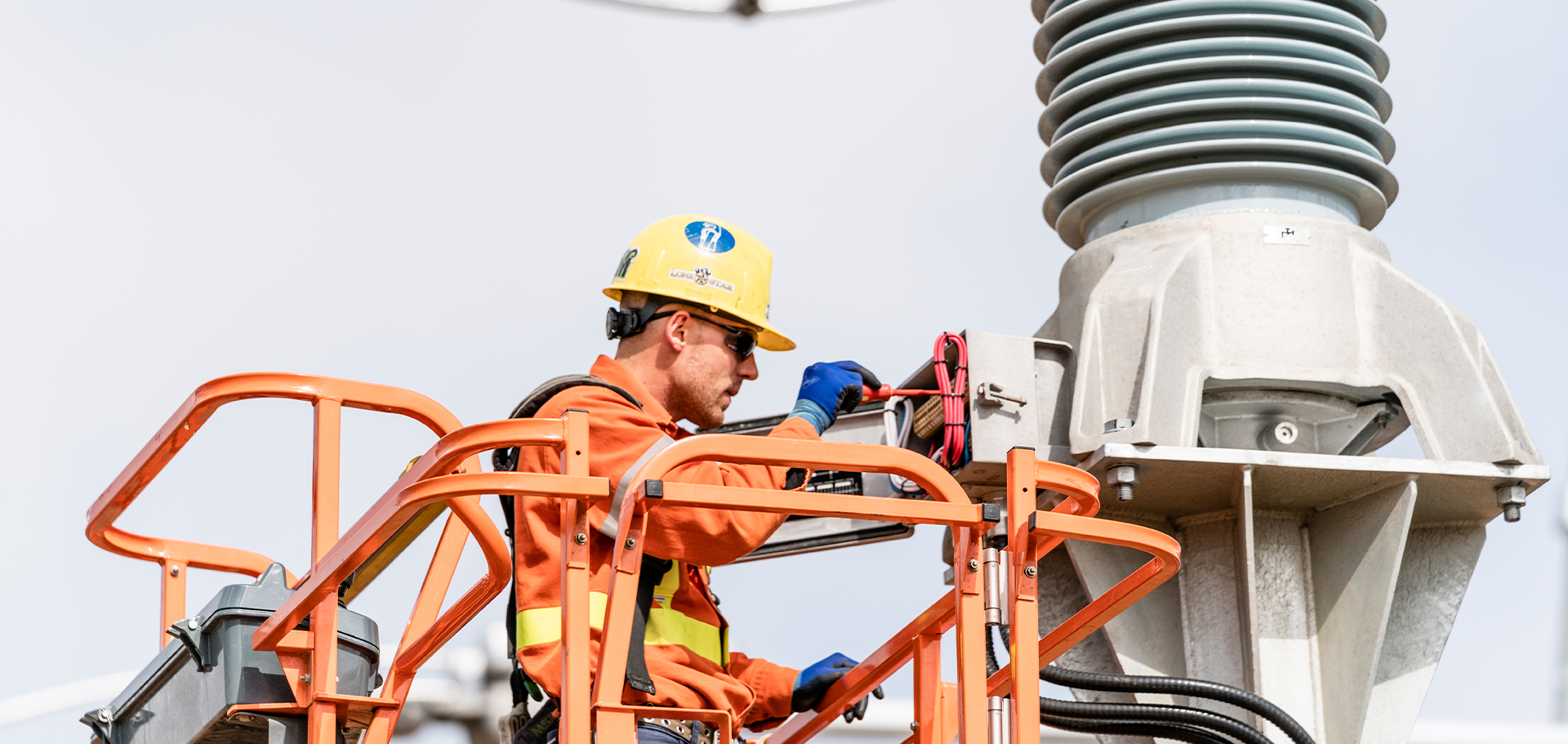
STEP 10 | TESTING & COMMISSIONING
The final stage involves technicians performing tests to ensure all equipment will function when energized. Once this is completed, the substation is turned on and begins to provide power to communities.
